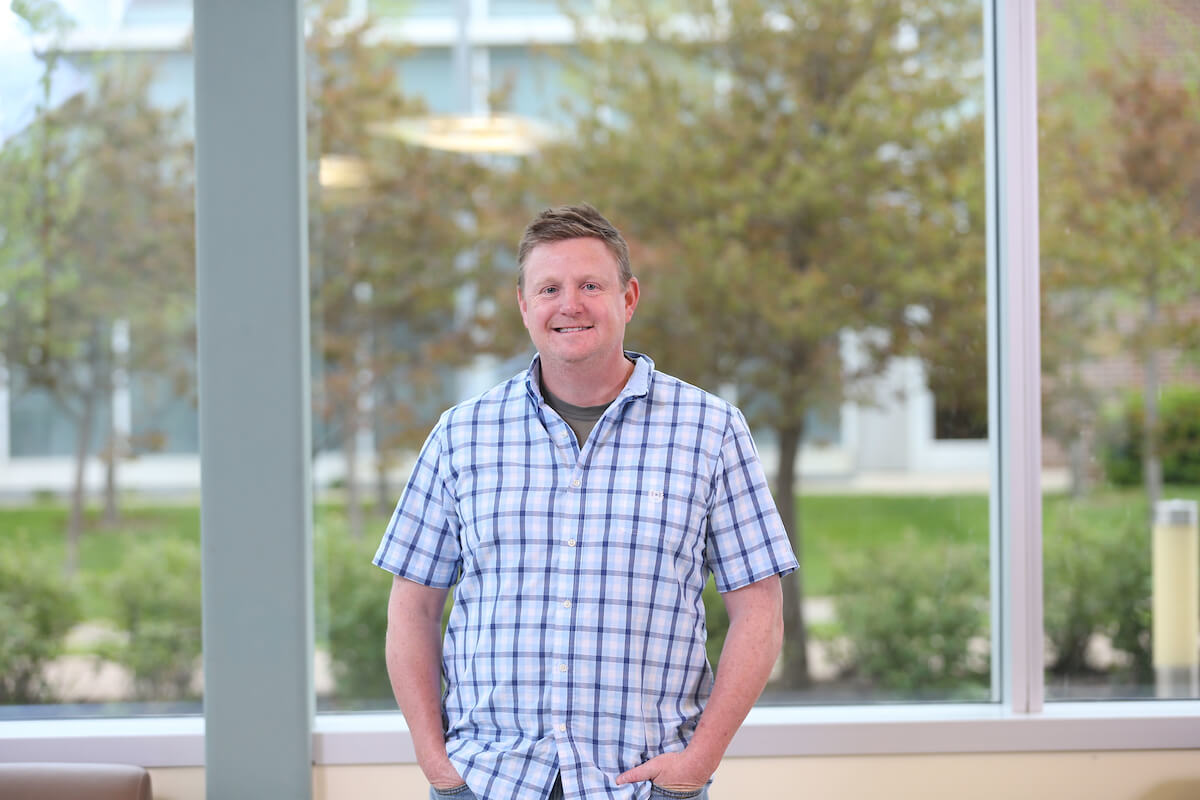Generating comprehensive and accurate tree inventories is key to understanding forest population dynamics and using that information to manage the land. But those inventories in even the smallest forests can mean weeks and months in the field, identifying and measuring individual trees by hand.

Purdue University scientist John Couture participated on a team that used aerial hyperspectral remote sensing platform to identify trees in a diverse forest plantation, and to understand the role of tree diversity on forest productivity. The team, led by the University of Minnesota, published its findings in the journal Nature Ecology & Evolution.
The chemical and physiological differences in plants allows scientists to classify them based on how they’ll reflect light. Then algorithms can take data from an aerial platforms or satellite images and match those light signatures to plants.
“Light interacts with vegetation in somewhat predictable manners based on the chemical, physiological and internal structure of the leaves and in the canopies themselves,” said Couture, an assistant professor of entomology and forestry and natural resources. “When we measure the light reflected off those leaves, we can start to determine which species of tree we’re seeing.”
Couture and his colleagues are interested in using remote forest identification tools to understand forest productivity. In general, it’s believed that the more diversity in a forest, the more productive the forest. When diversity is high, all species tend to grow larger than they would on their own. However, that isn’t the case when one species dominates an area.
“Sometimes you see a particular tree species dominate the canopy, and it might be that species drive over-yielding, where one species outcompetes all the others” Couture said. “We can see from the data we’re collecting whether there is a complementary effect, meaning trees are using resources more efficiently, or an over dominance effect. And we can start to understand how different combinations of tree species will provide different outcomes.”
That’s key for developing tools that can help plantation owners and foresters better manage the health of their forests.
“Right now, this is giving us a look at the health of a forest stand and using this information, we can possibly make more informed decisions about where to harvest and where to plant new trees,” Couture said. “If we can expand this to natural systems, we’ll be able to determine diversity levels without having to go in and census trees. It will help make more timely and accurate decisions for maintaining the health of those forests.”





